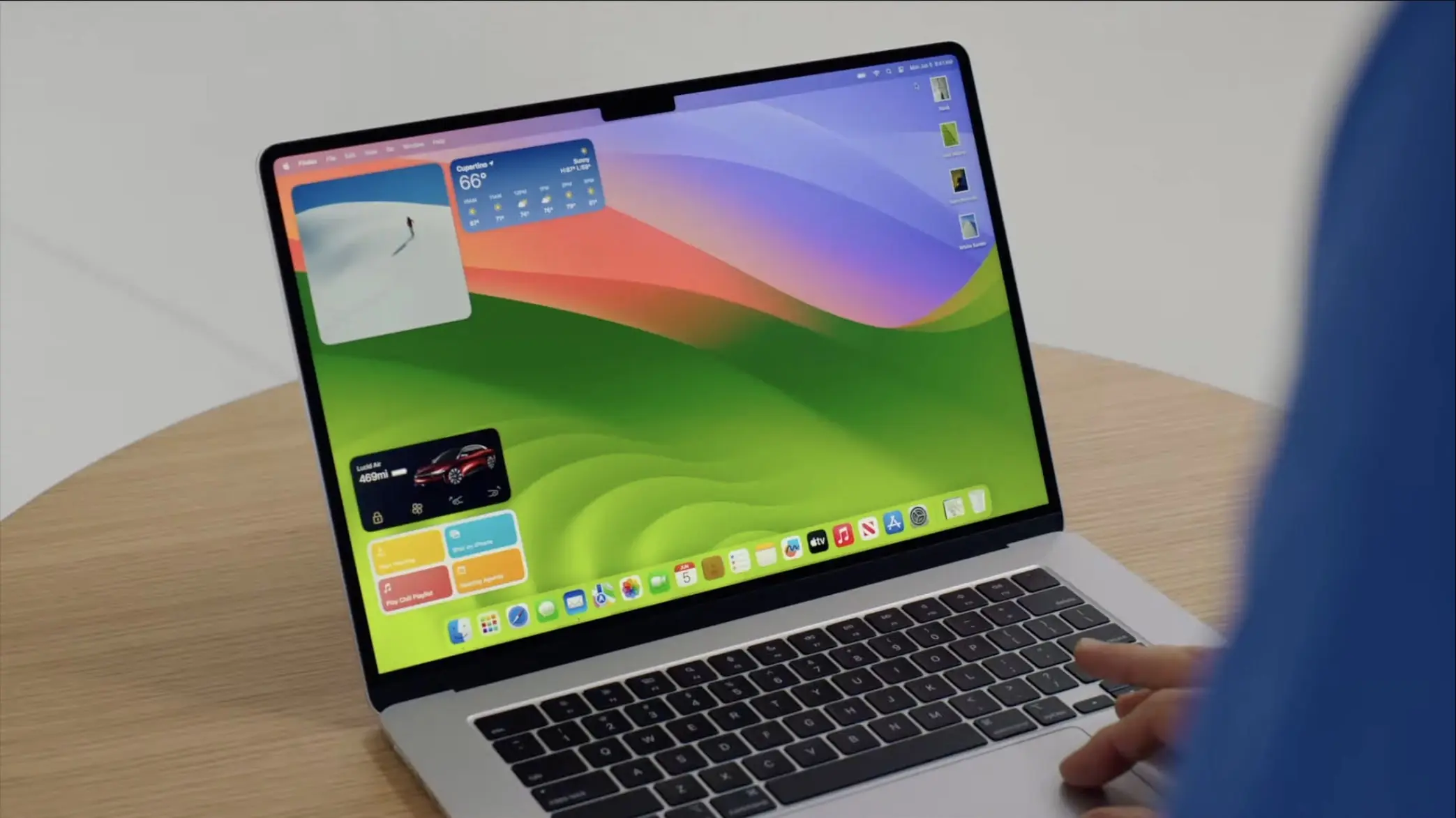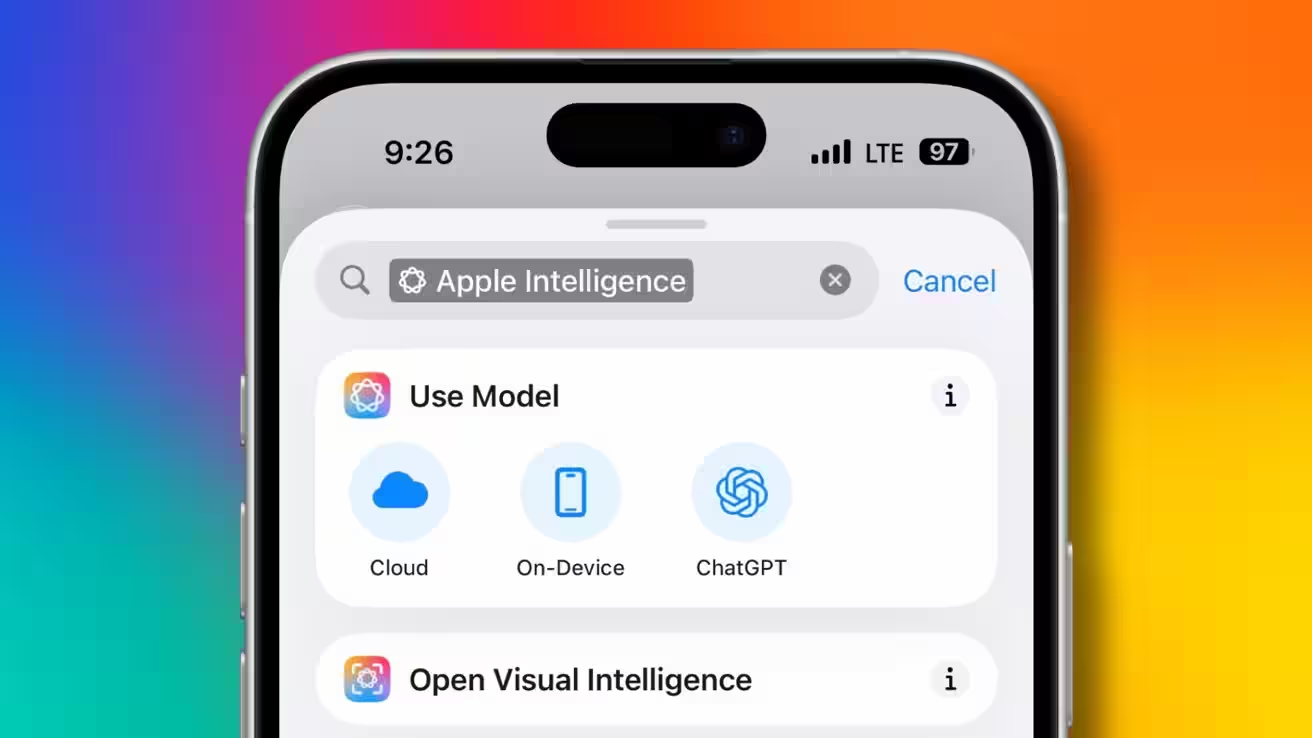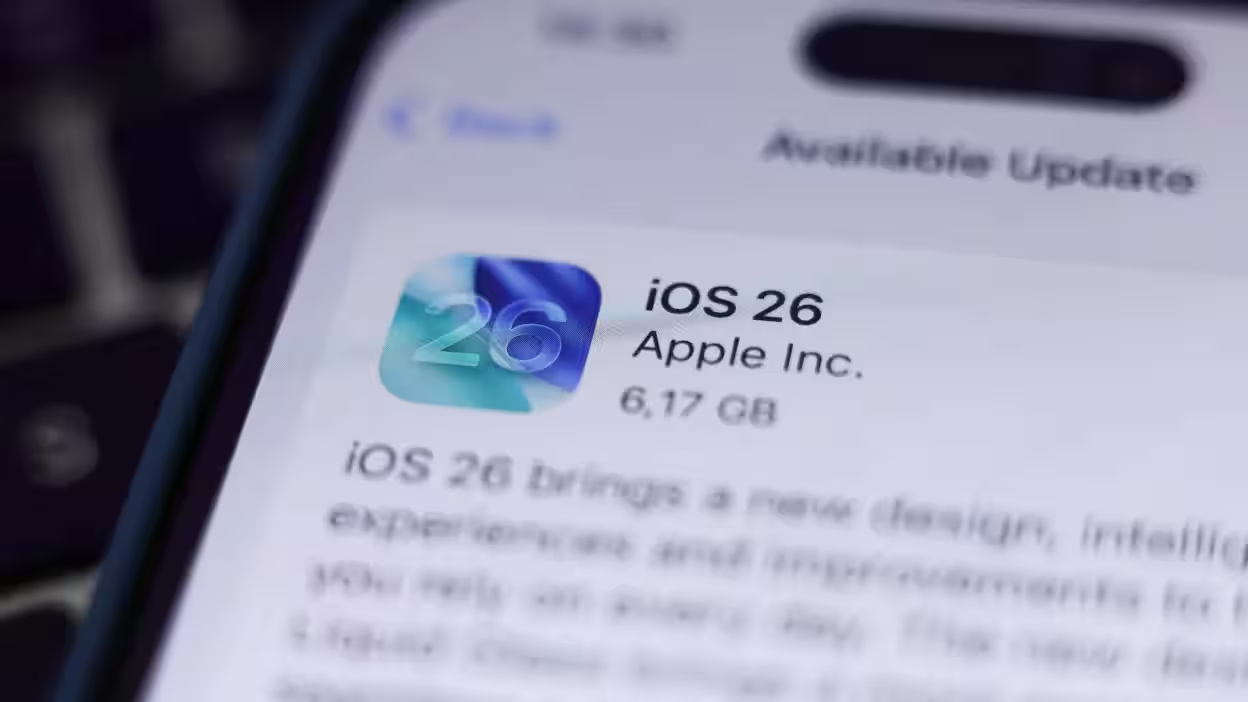Apple Mac: How to erase and restore factory settings

If you’re about to sell your Apple Mac or are having some issues with your device, particularly with the software, then a factory reset —s a great way to clean up your computer —remove excess information and fix any remaining problems.
It’s important to remember that when you reset your device to factory settings, absolutely everything will be removed from it. So before you resort to such a drastic method, use our instructions and back up your device with all your files, documents and, importantly, photos of kitties.
The method for restoring your Mac to factory settings depends on the version of macOS, and whether your computer uses an Apple or Intel silicon chip. First, we’ll look at the version with the latest version of macOS on a silicon chip. After that, we’ll move on to older Macs that use Intel chips.
If you’re not sure what version of macOS you have or what chip is in your computer, click on the Apple logo in the upper-left corner of the screen, and then select «About this Mac». It’ll give you all the information you need.
All the information you need will be listed there.
Reset your settings in the latest version of macOS on Apple
‘s silicon chip.
Wiping your Mac’s files and settings — an important part of restoring factory settings. Fortunately, it’s a lot easier now than it used to be, and Apple has included a few special settings to make the process as simple as possible.
Apple
Step 1: Open «System Preferences».
Step 2: In «System Preferences», select «General» > «Transfer or reset». Now select «Erase all content and settings».
Step 3: The Apple Erase Assistant app will open. You may need to enter your Mac account password to continue. Do so and select «Unlock».
Step 4: Erase Assistant will show you what data will be deleted when you erase your Mac. This includes all user accounts, fingerprints used in Touch ID, Apple ID settings, and tools like Find My, Activation Lock, and Location Sharing. Any Bluetooth accessories you’ve connected to your device will also be deleted.
All Bluetooth accessories you’ve connected to your device will also be deleted.
Step 5: After reading this information, select «Continue». You may be asked to enter your Apple ID password to log out of your account. This will log you out of other apps and services, such as Apple TV, Apple Music, Find My, App Store, and others, so there’s no need to do this separately.
.
Step 6: The next thing you will be asked if you want to back up to Time Machine. It is highly recommended that you do this so that you can easily restore your Mac data later on. Make sure you have an external hard drive connected to your computer so you can back up your files.
Step 7: When you’re ready, your Mac will warn you that continuing the operation will delete all your data. When you’re done, select the red button «Erase all content and settings».
When you’re ready.
Step 8: The Mac will now reboot and start restoring factory settings. You may be prompted to reconnect the Bluetooth accessory you were using (if it doesn’t connect within 30 seconds, try turning it off and then on again). Your Mac may also ask you to connect to a Wi-Fi network.
Step 9: Once you’ve done this, you’ll see a box at the top that says Activate Mac. Underneath it is a confirmation that your Mac has been activated. Select Restart.
Step 10: After the Mac restarts, a “startup assistant” appears to help you customize your Mac from scratch (for example, selecting location and analytics settings).
.

How to reset an old Mac to factory settings
On some Macs, you may not see the «Erase all content and settings» option under «System Preferences». That’s because this feature requires macOS Monterey or later, and a Mac with an Apple silicon chip or T2 security chip. Apple’s website has a list of Macs equipped with the T2 chip.
Apple’s website has a list of Macs equipped with the T2 chip.
If you’re using an older version of macOS or a Mac that doesn’t have the T2 Security Chip, you’ll need to follow the instructions below.
Step 1: Back up your device data to your hard drive
Step 2: Now you need to log out of all the Apple services you use on your Mac. In iTunes, go to the menu bar and select «Account» > «Authorization» > «Deauthorize this computer». For the iCloud account, open «System Preferences» and navigate to Apple ID &#gt; «Sign Out» (older versions of macOS may say iCloud instead of Apple ID). Finally, open Messages and select Messages > Settings from the menu bar. Select iMessage, and then «Sign out».
Step 3: If you prefer, you can cancel Bluetooth device pairing by going to «System Preferences» and selecting Bluetooth in the left sidebar. Hover over the device you want to disconnect, and then select the Disconnect or X button next to its name. Note that you’ll have to plug in a USB mouse or keyboard if your Mac doesn’t have built-in controls (for example, if you’re using a Mac mini).
See the following.
Step 4: Now it’s time to erase all data from your Mac. Turn it off, then turn it on and immediately press Command+R. This will open the macOS Recovery app. From here, select Disk Utility > Continue. Select Macintosh HD (or whatever you named your primary drive) in the sidebar and choose «Erase». Leave the «Name» and «Format» options unchanged and select «Erase». You may be prompted to enter your Apple ID password. When you’re done, close Disk Utility to return to the macOS Recovery app.
.
Step 5: Now that you’ve deleted all the data from your Mac, you need to reinstall macOS. From the macOS Recovery main menu, select Reinstall macOS > Continue. You may be asked to enter your password and whether you want to install macOS on a Macintosh HD or Macintosh HD. If yes, select Macintosh HD. During the reinstallation process, your Mac may reboot several times — just let it bring the whole process to an end, don’t turn off the Mac or close its lid. When the process is complete, the Setup Assistant will open.
Setup Assistant.
Step 6: If your Mac uses an Intel processor, the last step is to reset NVRAM, which restores various settings to factory defaults (if you own an Apple Silicon Mac — skip this step). Turn the Mac off, then turn it on and immediately press the following key combination for about 20 seconds: Option+Command+P+R. During this time, your Mac may appear to reboot once or twice (for example, you may hear a startup tone or see the Apple logo). Once you release the button, your Mac should boot to the login screen. Its NVRAM has been reset.

But if you have an AppleCare plan, you need to decide what to do with it. If you don’t plan to buy another Mac, you can drop it altogether. Otherwise, you can transfer it to your new Mac.
Either way, you’ll need to contact Apple Support. Make sure you have your AppleCare contract number, proof of insurance coverage, your Mac’s serial number, and your original receipt handy. Apple Support will be able to help you understand the terms of the warranty.
Restoring your Mac to factory settings involves a few steps, but they shouldn’t be too complicated, especially if you can use Apple’s «Erase All Content and Settings» feature. Either way, all of these steps will help protect your personal data and potentially eliminate the persistent problems your Mac encounters. Afterward, your computer will be fresh and ready to take on new challenges.








